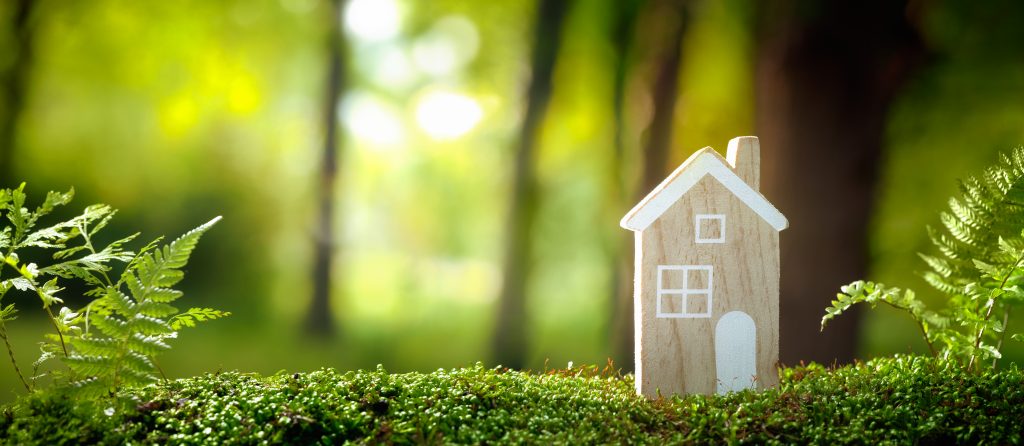Sustainable and environmentally responsible practices are increasingly becoming essential considerations for homeowners when making informed decisions. In fact, in this study from 2019, 87% of Kiwi shoppers say sustainability is a main concern and 71% say they do active research around sustainability before they buy a product. With that in mind, it’s no wonder that green building is no longer an industry trend, it’s a necessity.
So, what is green building? Green building refers to the practice of designing and constructing buildings that are environmentally responsible, energy-efficient, and sustainable. And with the increasing demand for sustainable living, green building is becoming more popular as a non-negotiable. Here are some reasons why:
- Construction costs will decline over time: Green building will see a reduction in design and construction costs as building codes are improved, although they have increased recently to meet the new H1 Building Code specs after May 1st 2023. Supply chains for green materials and technologies will evolve and become more mainstream therefore they will be more cost efficient in future. Green Homes offer competitively priced homes now, to help make greener building more accessible for everyone.
- Maximising your ROI: Homeowners and investors are expressing more interest in sustainability credentials because green homes have superior marketability, better sale prices, and the ability to attract tenants that pay higher rent. Universal Design elements also appeal to a wider range of homeowners and occupants, especially those with specific accessibility and mobility needs.
- Lower Operating Costs: Greener and higher performing homes cut spending via reduced energy and water consumption, as well as lower maintenance costs. The power savings alone typically exceed any cost premiums associated with design and construction within a reasonable payback period.
- Higher Quality of Life: Physical characteristics of buildings and their indoor environments can influence health and wellbeing. Optimal insulation, warmer living conditions, improved humidity levels, and better ventilation all contribute towards improved health and vitality.
- Climate Change and Risk Mitigation: Sustainability risk factors can significantly affect the future value of real estate assets. Regulatory risks, such as stricter building codes, can impact future return on investment, and a reduced demand for inefficient buildings can pose a risk to consistency of rental income.
Green building is no longer just a trend, it’s a necessity. As we become more aware of our impact on the environment, it’s important that we make conscious decisions to create a sustainable future. With its many benefits, green building is a smart choice for both homeowners and investors.

